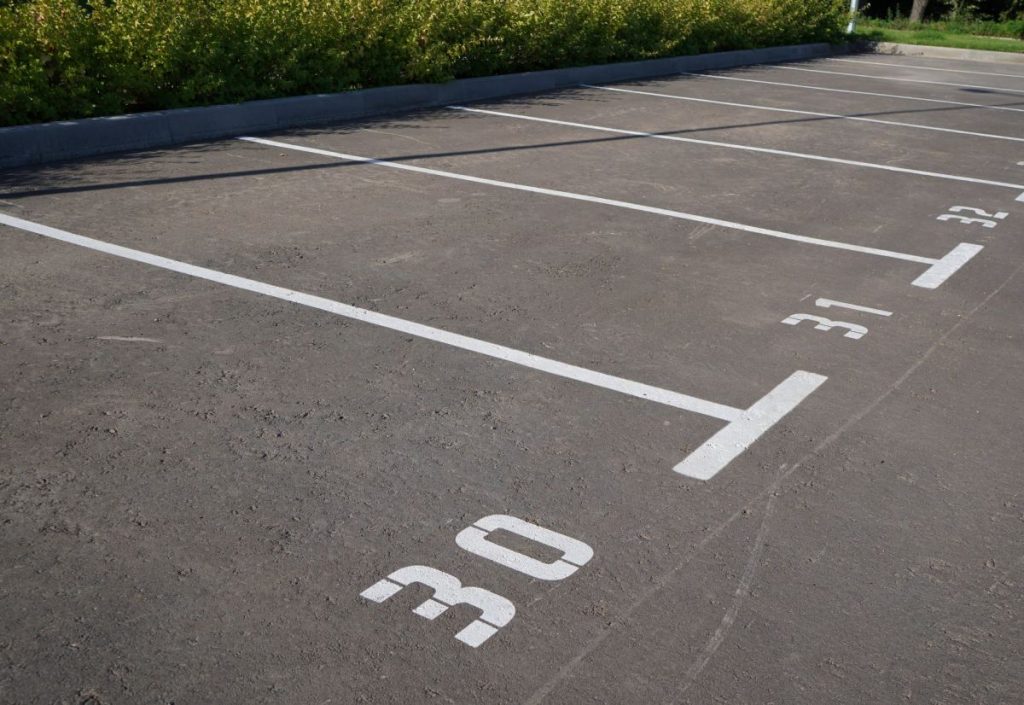In a recent case, the Florida Fourth District Court of Appeal analyzed a condominium association’s declaration documents to determine whether the association owed a duty to maintain the pipes located within interior walls of the condominium. While the subject of the case is a negligence action by the unit owner against the association, the case involves analyses into governing documents and statutory construction similar to those often required in the first-party property insurance context in claims by unit owners in condominium associations.
In Cali v. Meadowbrook Lakes View Condo. Assoc. “B”, Inc., No. 4D10–116 (Fla. 4th DCA May 4, 2011), Mr. Cali filed a negligence case against Meadowbrook Lakes View Condominium Association seeking damages caused by two severe water leaks from plumbing pipes located within the interior boundary walls of units 201 and 501. . Mr. Cali owned unit 201. He alleged that Meadowbrook owed him a duty pursuant to the Declaration of Condominium and pursuant to Florida Statute §718.113, as well a duty of reasonable care to him and other unit owners. Meadowbrook denied any duty to him because the pipes were not part of the common elements or caused by common elements either under the Declaration or under the statute. The trial court found that there was no material issue of fact that created a duty on the part of Meadowbrook as it determined that the pipes were not a part of the common elements. The trial court entered a judgment in favor of the Association. Mr. Cali appealed, and the Florida Fourth District Court of Appeal had to determine whether the leaking pipes located within the interior boundary walls were common elements that the Association had a duty to repair.
To resolve the dispute, the Court performed a detailed analysis into the Condominium Declarations, as those documents often define condominium property that is not necessarily named in Florida Statute §718 as common elements. The Court noted that the Meadowbrook Declarations indicated that the apartment dwelling unit excluded everything outside the perimeter walls, as well as the pipes within the interior walls which service to multiple units. Other provisions gave the Association easements to pipes within apartment dwelling units which furnish utility services to other units. The Court concluded that the reference which limited repair of pipes that service other units referred to pipes inside of the dwelling unit, not outside of it in an interior boundary wall. The Court further concluded that reading the Declaration and the statutes as a whole created a factual dispute as to whether all the pipes within the interior boundary or perimeter could be common elements. The resolution of this factual dispute could only be resolved by the trier of fact, so the Court reversed the judgment in favor of the Association and remanded the case to the trial court.
Often in the first-party insurance context, there is a similar analysis performed in the coverage determination when a unit owner files a claim with his/her insurance carrier and an association files a claim with its insurance carrier. The insurers may argue the other carrier is responsible for the damage, just as the unit owner and Association did in Cali. If this occurs, analysis through the statutory and contractual provisions is critical.


